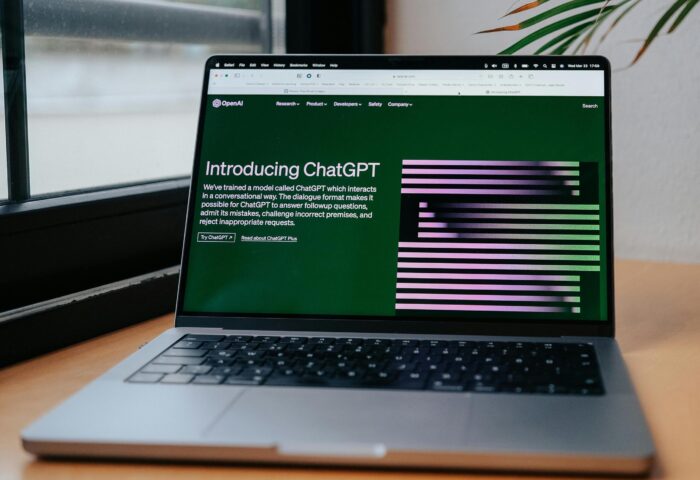In an era where artificial intelligence (AI) is no longer just a buzzword but a key part of our daily lives, Large Language Models (LLMs) stand out as one of the most transformative technologies. This concise guide aims to explore the concept of LLMs, illustrating their workings, applications, and implications through engaging visuals.
What Are Large Language Models?
At their core, LLMs are a type of AI designed to understand, generate, and interact with human language at a complex level. Think of them as vast reservoirs of language and information, capable of mimicking human-like text responses.
The Mechanism: A Simplified View
Imagine a network—a web of countless nodes and connections representing the neural pathways of the human brain. LLMs are built on a similar principle, using what’s known as Transformer architecture. This allows them to analyze the context and meaning of words in sentences, leading to responses that can be eerily human-like.
Flow Chart: From Input to Interaction
- Text Input: A user inputs a question or statement.
- Processing: The LLM assesses the input, considering context, syntax, and semantics.
- Output Generation: Based on its training, the model generates a relevant and coherent response.
This flow is iterative, refining the model’s accuracy and relevance with each interaction.
Applications: Beyond Just Conversation
LLMs have a broad spectrum of applications:
- Content Creation: Assisting in writing articles, reports, and even creative writing.
- Customer Support: Powering chatbots that provide timely and relevant assistance.
- Education: Offering personalized tutoring and learning materials.
- Research Assistance: Summarizing academic papers and analyzing data trends.
Delving Deep into LLMs
LLMs are more than just a technological marvel; they are reshaping our interaction with the digital world. By understanding their mechanism, applications, and implications, we can appreciate both their potential and their pitfalls. As we venture further into this AI-driven era, LLMs will undoubtedly continue to be at the forefront, bridging the gap between human creativity and computational power.
Let’s now create a flow chart to visually summarize the process from input to interaction within an LLM, and a simple plot to illustrate the expanding impact of LLMs across various sectors over time.
The charts below capture three crucial aspects of Large Language Models (LLMs):

LLM Interaction Process Flow Chart: This chart outlines the sequential stages from receiving text input to generating an output. It starts with the initial text input, moves through the processing phase where context, syntax, and semantics are analyzed, and culminates in the output generation. This simplified view helps demystify the inner workings of LLMs, showcasing the step-by-step process that underlies the complex interaction between user and AI.

Growth in Sectors Impacted by LLMs: The plot illustrates the rapid expansion of LLM applications across various sectors over time. Starting from 2015, we see a significant increase in the number of sectors significantly impacted by LLMs, from 2 sectors in 2015 to over 8 in 2024. This growth trajectory highlights the versatile and transformative potential of LLMs across industries, from education and healthcare to entertainment and beyond.

Growth of LLMs: This plot showcases the remarkable growth of LLMs over recent years, as seen through the exponential increase in the number of model parameters. Starting from 110 million parameters with models like BERT in 2018, to reaching an impressive 1 trillion parameters by 2022, this growth trajectory highlights the evolution and scaling of LLMs. Each leap in parameter count represents a significant advancement in the model’s ability to understand and generate human language, underlining the increasing complexity and sophistication of LLMs in the field of artificial intelligence.
The Road Ahead: Ethical Considerations and Potential
While the trajectory for LLMs is steeply upward, it’s accompanied by ethical considerations—data privacy, misinformation, and the digital divide. The future of LLMs is not just about technological advancement but also navigating these challenges responsibly.
Together, these visuals offer a concise yet comprehensive overview of the Large Language Models, emphasizing their operational process and their broadening impact on society.
Hope you like this blog. Happy reading!:)


[…] […]